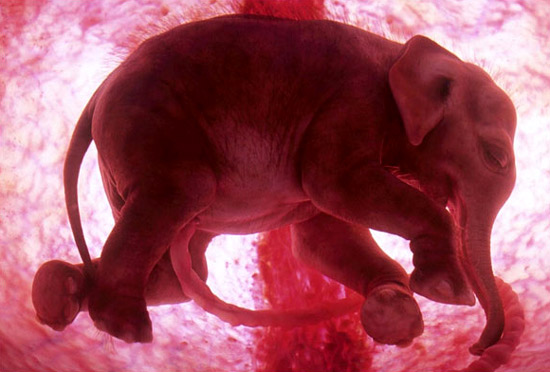
Imagine a world in which you can drink as much alcohol as you like without getting out-of-control drunk and without worrying about feeling hungover the next morning. A new synthetic alcohol is being developed by a research team at Imperial College London, led by Professor David Nutt. The alcohol, which is being developed from chemicals found in Valium, serves the same function as today’s alcohol (induces relaxation, well-being, etc.) except that it has NO affect on other parts of the brain, thus eliminating potentially dangerous side effects such as mood swings and addiction. In addition, the researchers claim that a simple antidote can quickly flush out your system, removing the possibility of feeling hungover.
You can drink as much alcohol as you want. You reach a pleasant state of drunkenness. You can drink as much as you want and you will never leave this state. Now it’s time to drive home; pop a pill and you’re sober as a bird. Sounds great, right? According to the researchers, since the substance is tasteless and colorless, it can replace the alcohol content in beer, wine, and other alcoholic drinks without issue. So why isn’t this in place right now? Unfortunately Professor Nutt has been unsuccessful in finding a test country to market his discovery and he does not have the financial backing to move forward in the process. Also, since the liquor industry has shown little interest in change, this all places the substance on death watch. What a damn shame.
[Via Gizmodo; Telegraph]
















